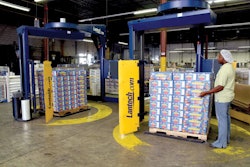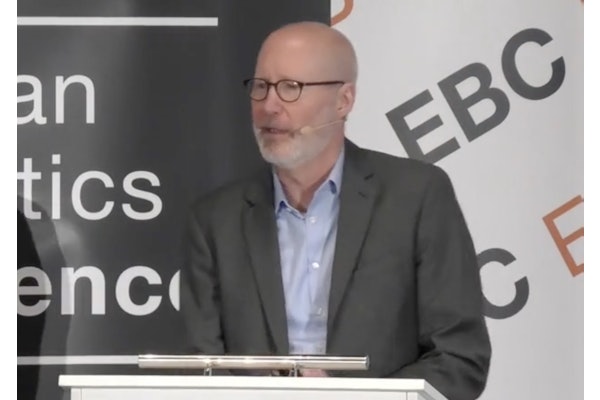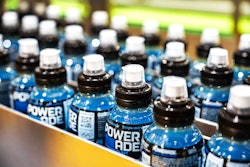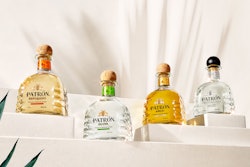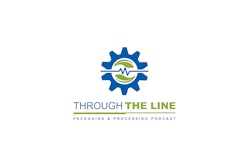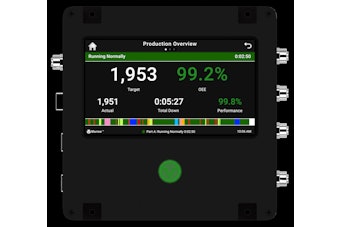
Speeding up production is not something commonly associated with the manufacture of cheese; the very nature of cheese production is that it should take time so that the cheese can mature for ultimate flavor. However, when production output is 350,000 tons/year, as is the case for Friesland Foods Cheese, one of Holland’s longest established cheese producers, then maximizing packaging efficiency is a core issue.
KH de Jong, part of Friesland Foods Cheese and one of four Friesland packaging facilities in Holland, packages more than 350 tons per week of Edam—a yellow, pressed cheese of Dutch origin usually made in flattened balls and often coated with red wax—in 0.9-, 1.7-, and 1.9-kg sizes. To meet its output goals, the facility uses three robots from Fanuc Robotics (www.fanucrobotics.com) on its packaging line.
Precise cheese handling
In preparation for packaging, Edam from Friesland is delivered to the KH de Jong facility on trays that are carried in transportation racks. Each tray holds 63 cheese balls, and each rack holds 10 trays. Upon arrival at the facility, the cheese is allowed to mature before the packaging process begins.
When the cheese has reached the specified maturing state, the rack is delivered to a buffer area at the start of the packaging line. The buffer area can accommodate five full and five empty racks, automatically shuttling them into the depalletizing area.
During depalletizing, a Fanuc Robotics R-2000iB takes one full tray from the rack and places it onto a fixture, where it then uses seven vacuum cups to locate a complete line of cheeses. The cheeses are then accurately placed onto a conveyor with individual locations for each cheese. Empty trays are returned to the rack, and the process begins again.
Christiaan Hallers, project manager at KH de Jong, explains, “The first stage ensures that the racks are always positioned correctly for depalletizing.”
To ensure effective operation, this process relies on several intelligent features of the Fanuc controller. Collision detection is very important when removing a tray from the rack. As Bernard Bakker, head of the technical department for KH de Jong, explains, “As the racks are used to transport the cheese from factory to factory, they can get damaged, and we need to detect any indication of a stuck tray. The torque of the robot’s motors is continually monitored, and any increase above expected torque within a program is sensed, and the robot stops instantly.”
Other features include being able to sense that all cheeses have been picked up with the vacuum grippers. If a cheese is left on the tray, the robot is aware and returns the tray to the rack slowly to avoid dropping the cheese. Also, since the cheeses are not a uniform “ball shape,” the robot performs a human-like wrist-roll motion over the cheese to ensure that good contact is made with the vacuum gripper. This roll motion also ensures that cheeses do not stick to the tray.
Sensors on the conveyor provide a count to the robot to indicate the next available position to deposit the seven cheeses. This ensures that the conveyor is kept full. The conveyor transfers the cheese to a paraffin-wax coating machine that adds a red protective coat to the cheese.





